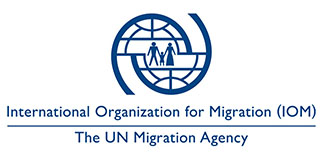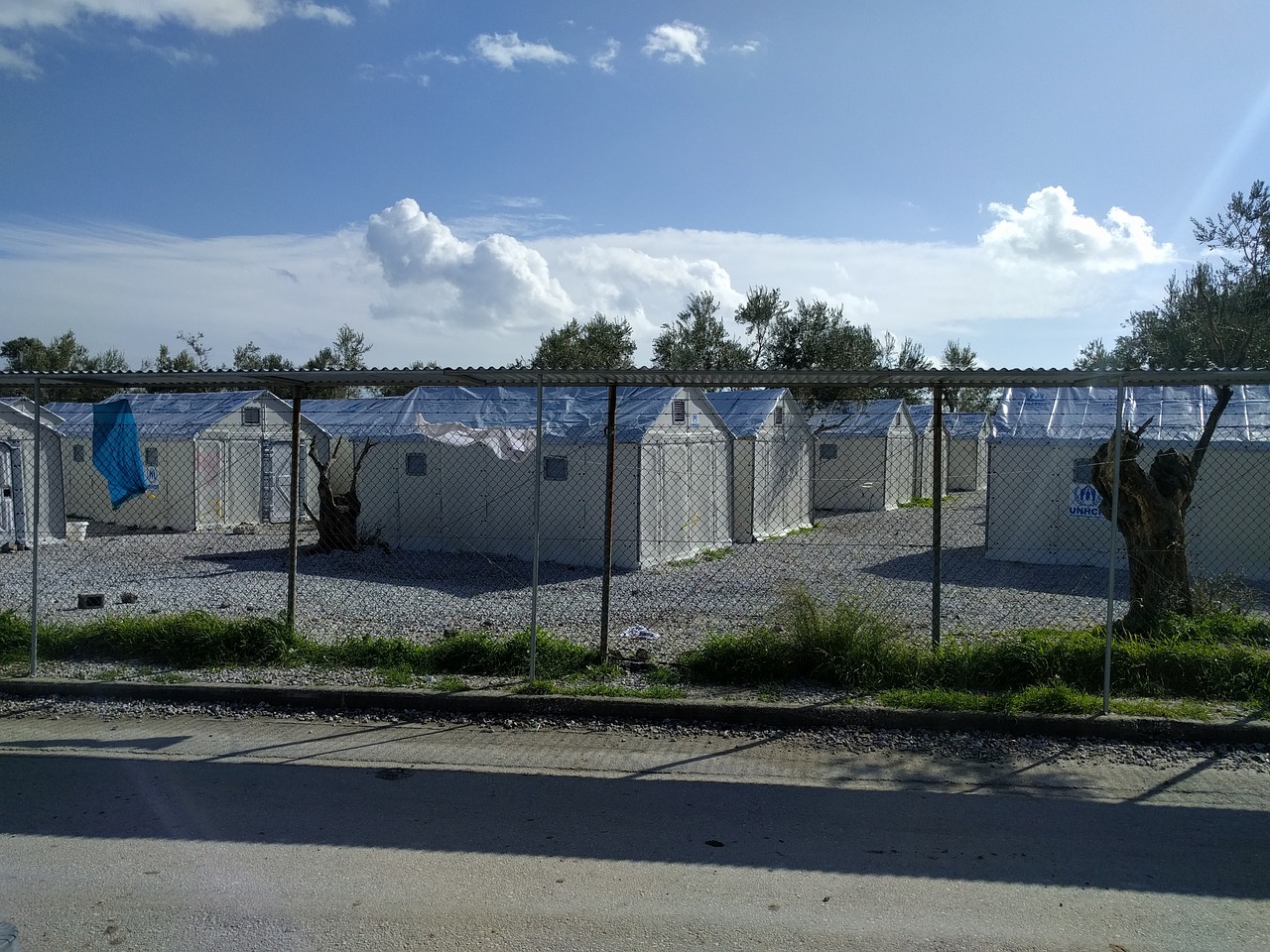Pushed out of their nation of origin for reasons that include war and extreme poverty, Afghans have increasingly been returning home in recent years. From 2012 to 2017, nearly 3.5 million natives of the country made their way back into one of 15 Afghan provinces from abroad, according to the International Organization for Migration. This total includes more than 398,000 people migrating back to Afghanistan from Iran.
With the Iranian economy worsening, 2018 has seen these numbers spike even more. From January 1 to June 9, over 320,000 members of the Afghan diaspora migrated from Iran, a rate nearly double of that seen during the same period in 2017. Unfortunately, whether these individuals have been deported or chosen to cross back into Afghanistan of their own accord, many lack sufficient financial resources and require protection and support.
Reaching Out to Afghan Migrants in Need
 The International Organization for Migration (IOM) recognizes the challenges faced by returning Afghan migrants and is engaging in ongoing efforts to aid these individuals. Founded in 1951, IOM has a long history of assisting in efforts that benefit migrants.
The International Organization for Migration (IOM) recognizes the challenges faced by returning Afghan migrants and is engaging in ongoing efforts to aid these individuals. Founded in 1951, IOM has a long history of assisting in efforts that benefit migrants.
In its earliest years, IOM focused on helping European governments identify where to resettle the approximately 11 million people displaced by World War II. The organization has expanded its mandate over the ensuing decades. Today, it holds distinction as the world’s foremost migration agency and is active in more than 150 countries.
These countries include Afghanistan, where IOM has maintained a presence since 1992. Among the organization’s largest missions, IOM Afghanistan commits itself to benefiting migrants and society by facilitating orderly and humane migration. Since 2007, the mission has specifically concentrated on supporting Afghans relocating from Iran. Through a network of transit and screening facilities located on the border between the two countries, IOM provides case management and humanitarian assistance to individuals whose gender, age, and health, among other factors, make them highly vulnerable.
For some of these highly vulnerable individuals, the issues they face are as serious as potential impending death. IOM estimates, in fact, that a minimum of 30 percent of all Afghans migrating from Iran require life-saving humanitarian aid. Unfortunately, as of May of 2018, the agency stands equipped to help only about 7 percent of these individuals.
Italian Donation Augments IOM Afghanistan’s Border Services
Recognizing the need for enhanced migration services in Afghanistan, Italy’s Ministry of Foreign Affairs and International Cooperated announced in May 2018 a donation of €1 million to IOM Afghanistan. The funding will help to pay for IOM’s humanitarian efforts in Afghanistan’s Nimroz and Herat provinces, both of which border Iran.
In Nimroz, the funding will specifically allow for the construction of a transit center. Through this facility, IOM will offer more effective registration and screening of migrants. In Herat, meanwhile, IOM health staff will undergo training that will enable them to provide psychosocial support to returning Afghans. The funding will further cover the cost of monitoring surveys used by IOM and its partners to shape humanitarian responses.
IOM Encourages Migration of Skilled Afghans from Iran
Of the 3 million Afghans living in Iran, many do not require humanitarian aid when relocating back home. In fact, they may have valuable qualifications that can potentially benefit their native country. Among these individuals is Foruzan Faghiri, a 29-year-old Afghan-born physicist who was profiled in June of 2018 by Radio Free Europe/Radio Liberty.
Forced by war to flee to Iran when she was 3, Ms. Faghiri has gone on to find success in her adopted country. She invented an inexpensive, easy-to-use pollution monitor that has earned praise on both sides of the Afghanistan-Iran border. Yet, despite her accomplishments abroad, she still desires to return home to Afghanistan.
To help skilled individuals like Ms. Faghiri bring their expertise back to Afghanistan, IOM has created the Return of Qualified Afghans (RQA) program. Since its inception in 2001, the program has facilitated the homecoming of 1,665 members of the Afghan diaspora, including more than 600 Afghans who formerly resided in Iran.
These individuals, who have valuable qualifications in areas such as engineering, IT, and health care, return to Afghanistan with the intention of aiding in the recovery and development of their country of origin. This goal is shared by organizations like the Aga Khan Development Network.
RQA Program Celebrates Success, Earns Additional Funding
In 2017-18 alone, the RQA program enabled the return of 20 Afghans from Iran. To recognize this success, IOM held an event in Kabul in April of 2018.
At the event, participants in the RQA program shared their stories about relocating back to Afghanistan and being connected with positions at the country’s Ministry of Urban Development and Housing, Ministry of Energy and Water, and other agencies. Speakers reflected positively on their experience in the program and urged other members of the Afghan diaspora to participate.
Outside of celebrating the program and its participants, the event recognized the contributions of the government of Japan. Japan has funded the RQA program since 2008 and currently serves as the program’s sole sponsor. In remarks prepared for the event by Japan’s ambassador to Afghanistan, the East Asian nation announced that it will continue its support of the RQA program with a $1 million contribution in 2018-19.

